Backyard Gardening by the Moon uses the natural ebb and flow of the moon to plan the best (and worst) days of the year to perform gardening tasks.
Jump to:
Moon phase gardening
Gardening by the moon or moon phase gardening is an idea as old as agriculture. Our ancestors watched the rhythms of the sky and made connections about its effect on their bodies, oceans and gardens.
An idea popular in folklore and superstition this philosophy of working with, rather than against nature to choose the best days for various tasks is now largely backed by science.

The reason why it works is because Earth is in a large gravitational field, influenced by both the sun and moon. Planting by the phases of the moon keeps in rhythm with the alternating gravitational pull. At the time of new and full moons the Sun and Moon are lined up with Earth and just as this causes the moon to affect ocean tides it also pulls upon more subtle bodies of water on Earth causing moisture to rise in soil, sap and seeds too.
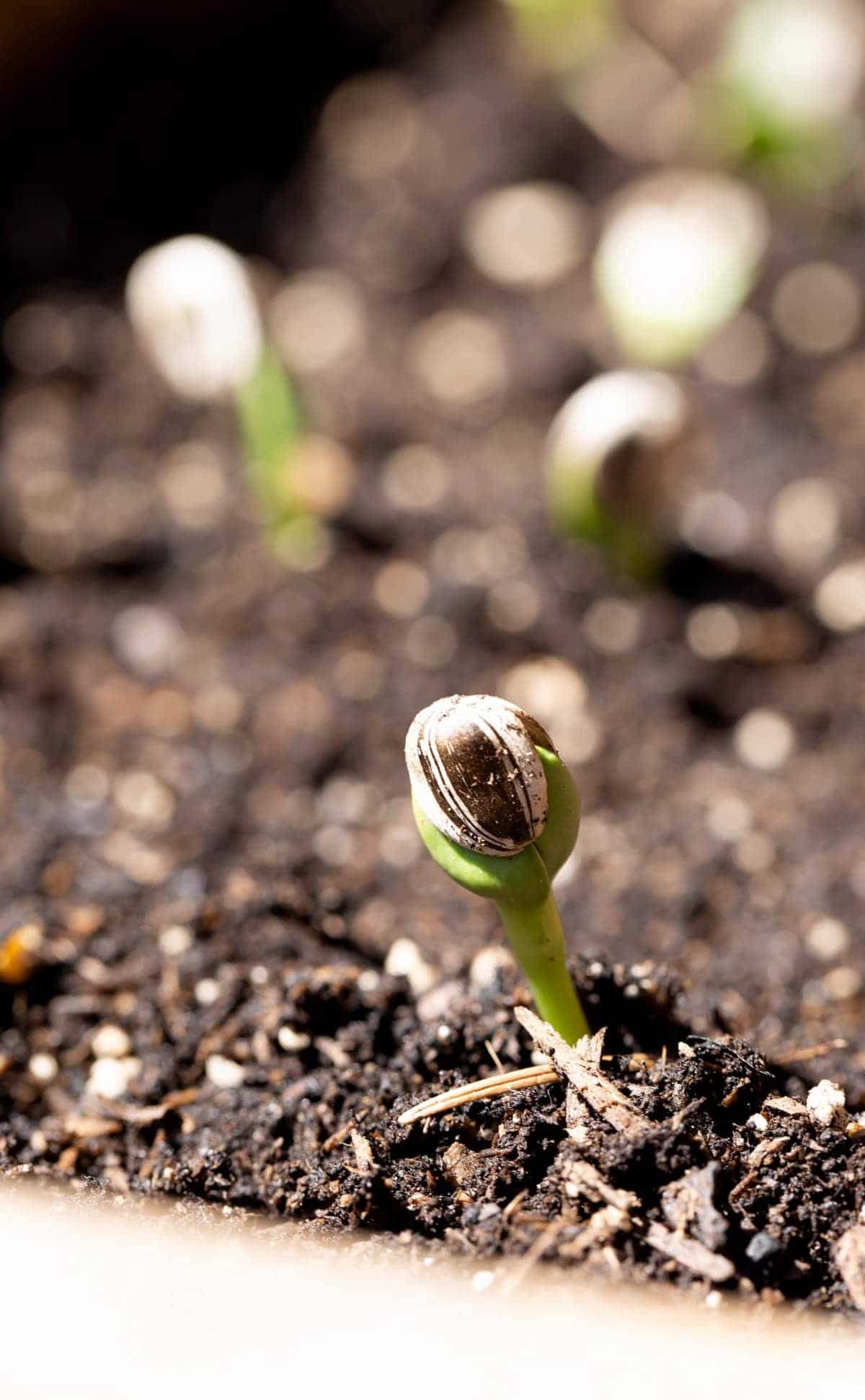
In order to create the ideal gardening calendar moon phase gardening considers several factors. The first factor is how full the moon is divided into four cycles or “phases” lasting about seven days each. It also considers whether it is ascending or descending in the sky. And it’s position in the astrological zodiac.
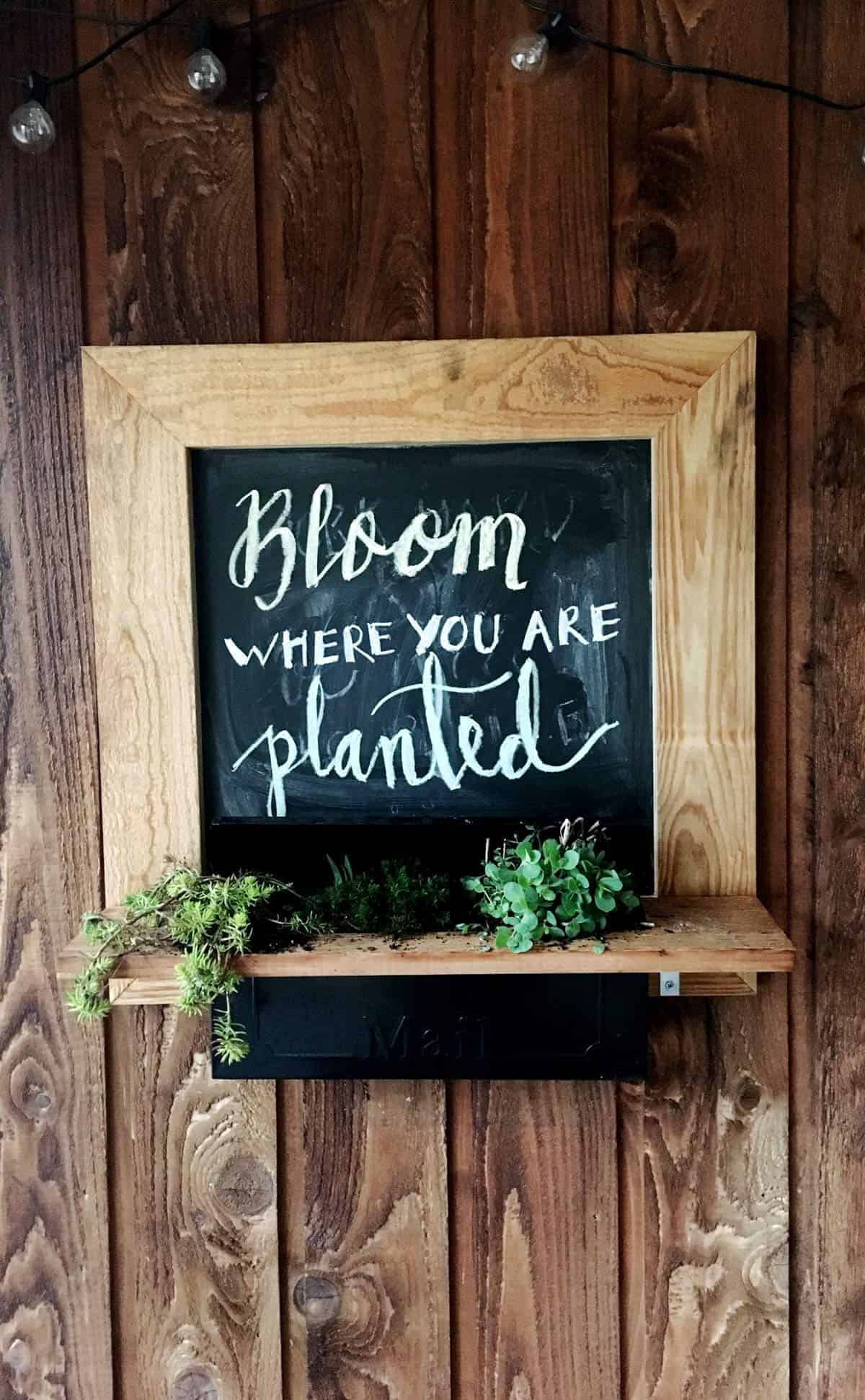
These combination and extremes of these elements determine the best days to perform specific gardening tasks for the best germination, growth and yield of plants. From working the soil and fertilizing to planting seedlings, pruning and even mowing the yard!
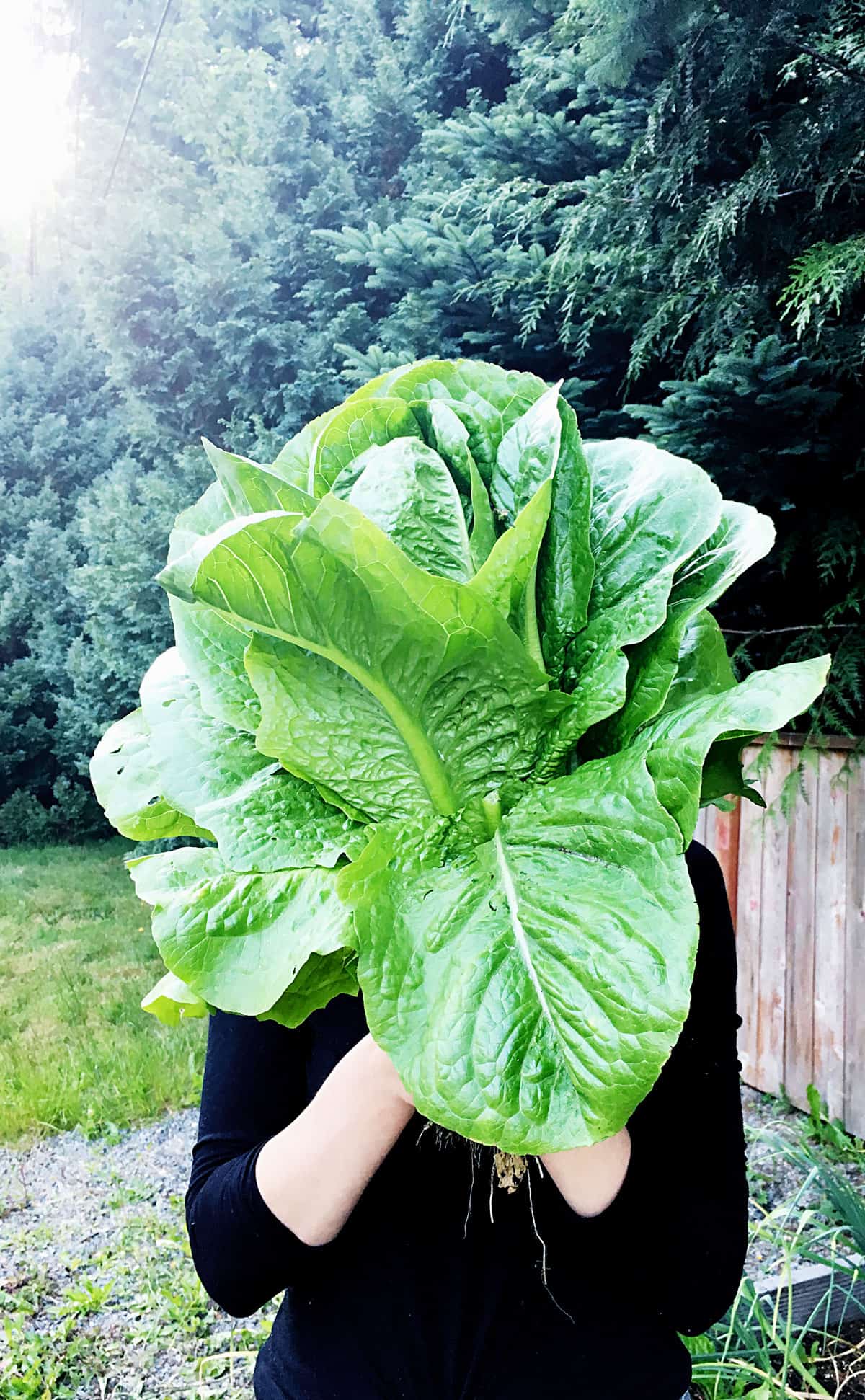
Waxing moon – breath out
The first two quarters are during the waxing moon or period of increasing light from the day the moon is new to the day it is full. When light increases towards a full moon sap flow and energy is drawn up as if earth is exhaling or “breathing out”. As moonlight increases nightly plants are encouraged to grow leaves and stems and it’s the most suitable time for sowing and transplanting flowering annuals, biennials, grains and melons. Basically any short lived plant that we want to harvest its leaves, seed, flowers or fruits. It’s also a good time for applying liquid fertilizers and pruning to produce new growth quickly.
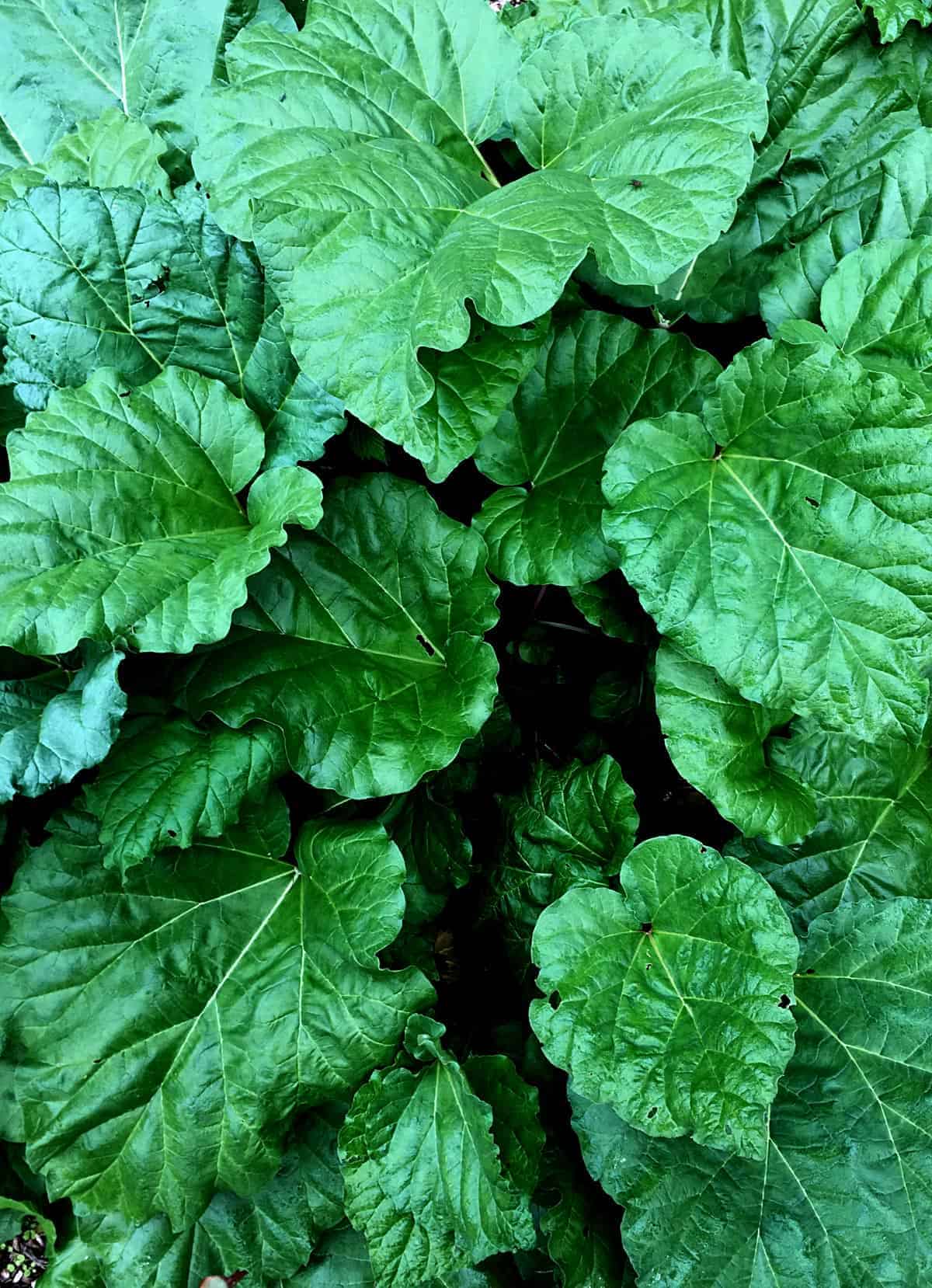
- The New Moon Phase – Waxing Crescent – from New Moon to First Quarter Moon. The strongest gravitational pull during this period coupled with increasing moonlight creates balanced root and leaf growth. Sow or transplant leafy annuals, where we value or eat the leaves or stem like lettuce, spinach and celery. And graft, mow or prune now to increase growth.
- First Quarter Phase – Waxing Gibbous – from First Quarter Moon to Full Moon. The gravitational pull is less, but the moonlight is strong, creating healthy leaf growth. It is generally a good time for planting. Especially two days before the full moon to reap the benefits of peak moisture. Sow and plant grains, flowers and above ground fruit plants with inside seeds like beans, melons, peas, peppers, squash, and tomatoes.
Waning moon – breath in
The last two quarters are during the waning moon or period of decreasing light from the day the moon is full to the day it is new. When light decreases towards a new moon sap flow and energy is drawn down as if the earth is inhaling or “breathing in”. As moonlight decreases plants are encouraged to grow roots, tubers and bulbs. And it’s the most favorable time for planting flowering bulbs, perennials and below ground vegetables like onions, carrots and potatoes. Also apply solid fertilizers, prune dormant plants and harvest, as there is less likelihood of rotting.
- Full Moon Phase – Waning Gibbous – from Full Moon to Last Quarter. The strong gravitational pull at this time creates moisture in the soil. While the decreasing moonlight puts energy into the roots. Sow or plant root crops and decorative or fruiting perennials like shrubs, apples, potatoes, carrots, onions, asparagus and rhubarb. Mow lawns and prune to reduce growth and also a good time to fertilize and harvest.
- Last Quarter Phase – Waning Crescent – from Last Quarter to New Moon. Decreased gravitational pull and decreased moonlight makes this a time to rest and avoid sowing or planting. Instead focus on improving the soil, mulching and digging or ploughing. Weeding, mowing and pruning to reduce growth and harvesting to store crops for drying.
The only caveats for this method is the 12 hours before and after the transition from one phase to the next. Sowing, planting and pruning is best avoided during the transition. Use this time instead to improve your soil. Also new moon and full moon days are a time to rest, celebrate and harvest rather than sow.
Ascending and descending
Just as a waning moon is a period of breathing in, When the moon is descending in the sky the gravitational pull increases drawing energy inward culminating with the greatest pull at perigee, the point when the Moon is closest to Earth. Much like a waning moon descending moons are best for planting underground and rooting crops.
When the moon is ascending in the sky energy is drawn upwards and culminating at apogee, when the Moon is at its furthest point from Earth. Optimal time for harvesting flowering and above ground crops.
Astrological zodiac
Using the position of the moon in the zodiac and associating certain zodiac signs with various gardening activities to determine the astrological best days to plant is a similar idea that can be somewhat contradictory at times. For example, deep water shrubs and trees when the moon is in any of the water signs. And both water and earth signs are said to bring moist, fertile conditions. While air and fire signs are said to be barren and better suited to pruning and resting than sowing. Exceptions to the rule are earth sign Virgo which is barren and air sign Libra which is relatively fertile.
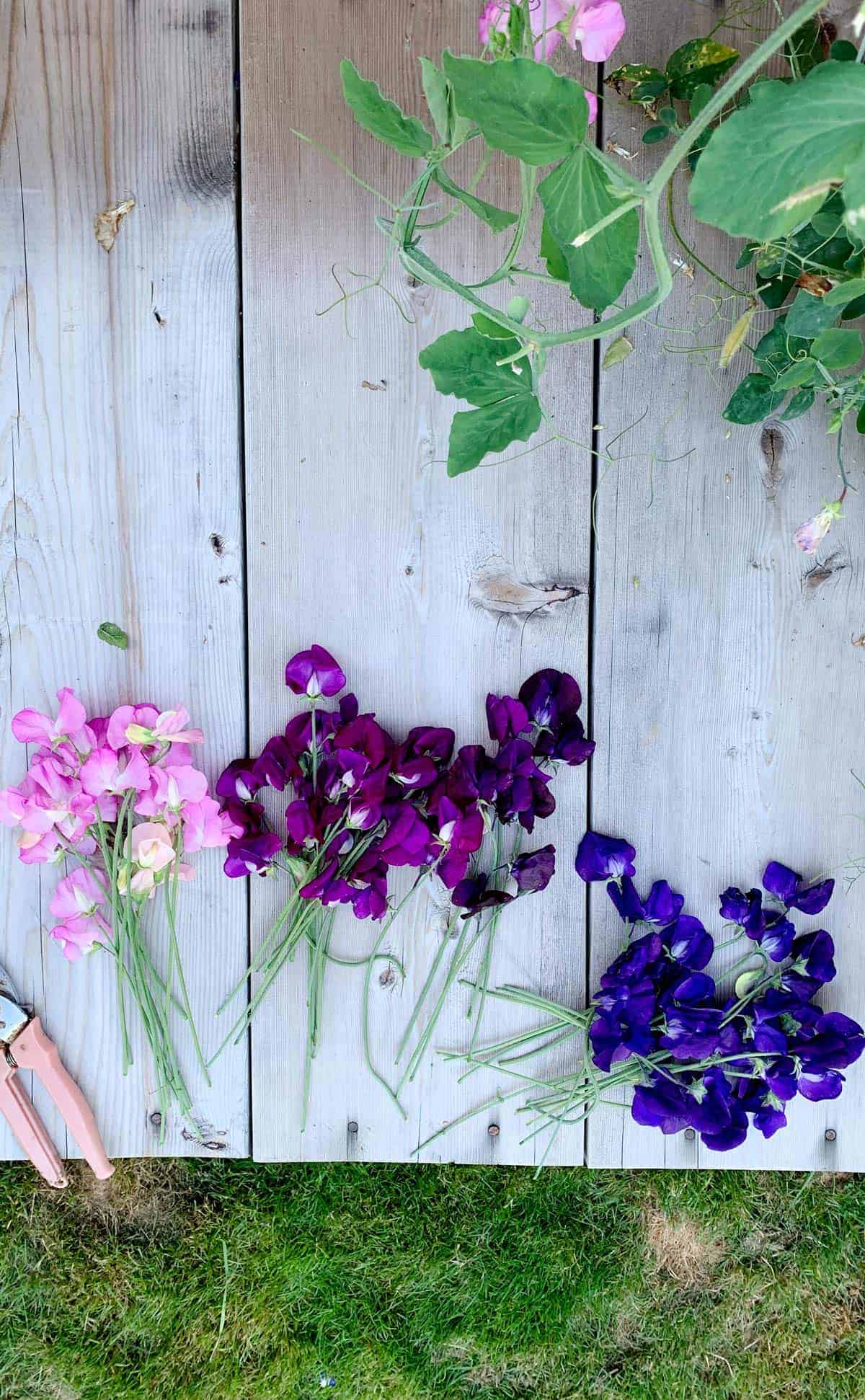
Personalized gardening calendars
Let the experts do the testing and planning for you! Visit one of the sites below for a personalized gardening calendar based on your location.
- Astroseek Gardening Moon Calendar, Gardening by the Moon Phase, Biodynamic Farmer’s Planting Guide
- Rhythm of Nature Lunar Calendar Gardener and Farmer – An in depth day by day lunar gardening guide, including information on particular plant types, when to harvest, and houseplants.
- Bach Biodynamics Planting Calendar Research – Concise yearly calendars of the best and worst dates to plant according to the moon.
- The Old Farmers Almanac Vegetable Planting Guides – personalized to your location.
- The Old Farmers Almanac Best Days Timetable – including all sorts of activities not just gardening.
More about biodynamic gardening
To really dive deep into learning about biodynamic gardening read Rudolf Steiner’s Indications Regarding Cosmic Influences Upon the Growth of Plants based on Rudolf Steiner’s agricultural lectures and on Lily Kolikos’ book ‘Agriculture of Tomorrow’. Also Lunar Rhythms and Plants by Hartmut Spiess.

Instructions
January 2024
- 1st – 3rd good days to plant root plants
- 4th – 11th REST do not plant
- 12th -19th good days to plant leaf plants
- 22nd – 24th good days to plant fruit plants (peppers, tomatoes, peas)
February 2024
- 2nd-3rd very good days to plant root plants (potatoes, garlic, onion, leeks, radishes, carrots, beets)
- 4th-9th REST
- 10th – 11th very good days to plant leaf plants (lettuce, herbs, green onions, chives, cabbage, celery, spinach, kale, arugula)
- 21st- 23rd very good days to plant fruit plants (beans, raspberries, strawberries, summer squash, flowers)
March 2024
- 1st-3rd fair days to plant root plants
- 4th-10th REST
- 11th -17th fair days to plant leaf plants
- 18th – 20th fair days to plant fruit plants
April 2024
- 1st -2nd good days to plant root plants (carrots, radish, beets)
- 3rd -8th REST
- 9th -15th good days to plant leaf plants (basil, lettuce)
- 21-22nd good days to plant fruit plants (cucumber)
May 2024
- 2nd – 8th REST
- 9th – 15th very good days to plant leaf plants
- 21st – 22nd very good days to plant fruit plants (pumpkins, corn)
- 27-30th very good days to plant root plants (leeks)
- 31st REST
June 2024
- 1st – 6th REST
- 9th – 14th very good days to plant leaf plants
- 18th – 21st very good days to plant fruit plants
- 24th – 27th very good days to plant root plants
- 29th – 30th REST
July 2024
- 1st – 5th REST
- 7th – 10th good days to plant leaf plants
- 18th – 20th good days to plant fruit plants
- 22nd – 28th good days to plant root plants
- 29th – 31st REST
August 2024
- 1st – 4th REST
- 7th – 10th very good days to plant leaf plants
- 13th – 18th very good days to plant fruit plants
- 24th – 26th very good days to plant root plants
- 27th – 31st REST
September 2024
- 1st – 3rd REST
- 8th – 11th fair days to plant leaf plants
- 12th – 13th fair days to plant fruit plants
- 22nd – 24th fair days to plant root plants
- 25th – 30th REST
October 2024
- 1st – 2nd REST
- 6th – 10th good days to plant leaf plants
- 13th – 16th good days to plant fruit plants
- 19th -21st good days to plant root plants
- 25th – 31st REST
November 2024
- 1st REST
- 3rd – 5th very good days to plant leaf plants
- 12th – 14th very good days to plant fruit plants
- 20th – 22nd very good days to plant root plants
- 24th – 30th REST
December 2024
- 1st REST
- 6th – 8th very good days to plant leaf plants
- 10th – 14th very good days to plant fruit plants
- 22nd – 23rd very good days to plant root plants
- 24th – 30th REST
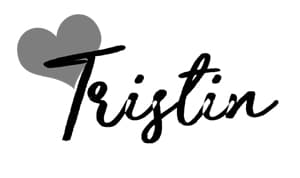
Pin for later!


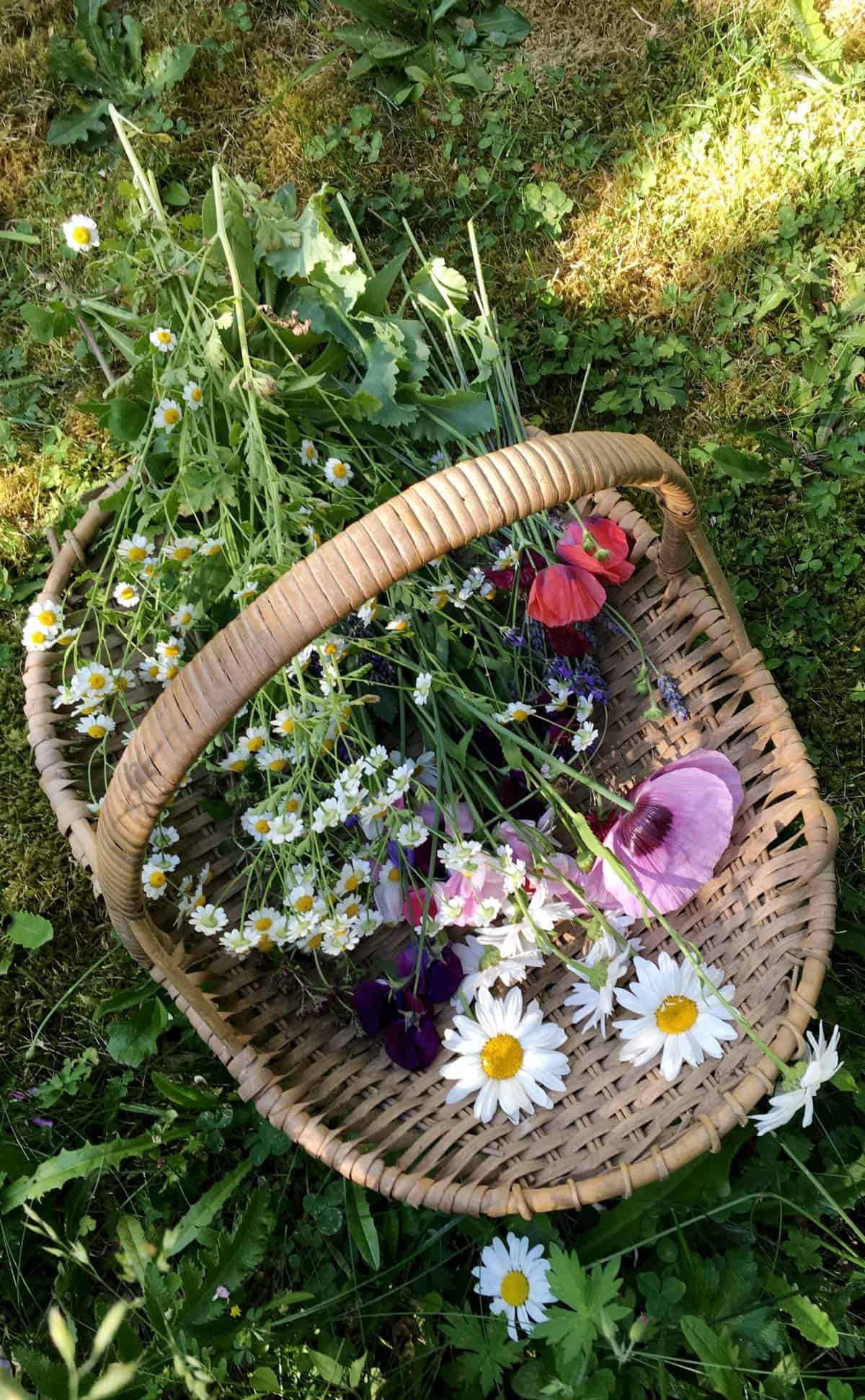





Leave a Reply